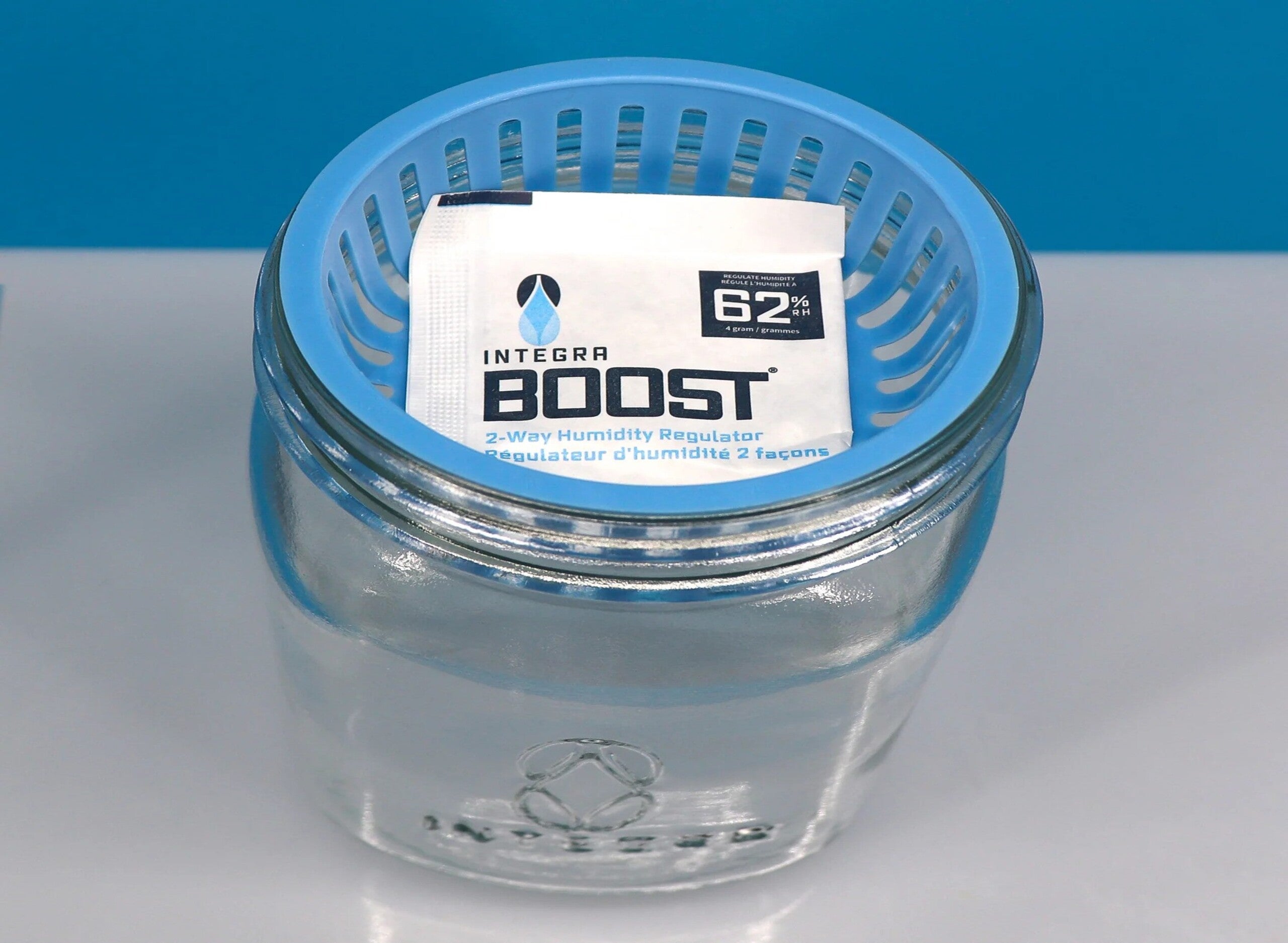Table of Contents
- Child-Resistant Packaging Basics: Standards and Requirements
- Types of Child-Resistant Mechanisms for Different Cannabis Products
- Regulatory Compliance Considerations Across Markets
- Balancing Safety Requirements with Brand Identity
- Common Mistakes and How to Avoid Them
- Future Innovations in Child-Resistant Cannabis Packaging
Child-resistant (CR) packaging represents one of the most critical compliance requirements in the cannabis industry. As states continue to legalize cannabis products, brands must navigate complex regulations designed to prevent accidental ingestion by children while still creating packaging that appeals to adult consumers and effectively represents their brand identity.
Child-Resistant Packaging Basics: Standards and Requirements
Child-resistant packaging must meet specific testing protocols established by the Consumer Product Safety Commission (CPSC). According to industry definitions and standards, packaging must be significantly difficult for children under five to open within a reasonable time while remaining accessible to adults.
The most common standard is the ASTM D3475 protocol, which requires that:
- 80% of children under 5 cannot open the package within 10 minutes
- 90% of adults between 50-70 years can open the package within 5 minutes
- 80% of adults can properly close the package after opening
These standards ensure that while children are protected, the packaging remains accessible to the intended adult market, including seniors and those with limited dexterity.
Types of Child-Resistant Mechanisms for Different Cannabis Products
Different cannabis products require specialized child-resistant solutions based on their format and consumption method. Various CR mechanisms have been developed to address these needs:
Flower Packaging
For cannabis flower, popular options include push-and-turn caps, squeeze-and-pull containers, and specially designed child-resistant mylar bags for eighth-ounce quantities that incorporate press-to-close zippers with additional safety features. These solutions maintain freshness while providing the required safety barriers.
Edibles Packaging
Edibles present unique challenges as they may be mistaken for regular food products. Blister packs, slide boxes with locking mechanisms, and specialized pouches with multi-step opening processes are common solutions in this category.
Concentrates and Vapes
These products typically use push-and-twist containers, slide-lock boxes, or specialized cartridge packaging that requires specific manipulation sequences to access the product.
Regulatory Compliance Considerations Across Markets
Cannabis packaging regulations vary significantly by state and continue to evolve. State-by-state packaging laws create a complex landscape for brands operating in multiple markets.
Key considerations include:
- Certification requirements (CPSC, ASTM, or state-specific standards)
- Product-specific regulations that may differ for flower, edibles, concentrates, etc.
- Labeling requirements that must accompany child-resistant features
- Ongoing compliance monitoring as regulations evolve
Brands expanding into multiple states should consider strategies for multi-state compliance to avoid costly packaging redesigns for each market.
Balancing Safety Requirements with Brand Identity
One of the biggest challenges for cannabis brands is maintaining distinctive branding while adhering to child-resistant requirements. Balancing safety and brand appeal requires strategic design thinking.
Successful approaches include:
- Incorporating brand colors and logos into CR mechanisms
- Using premium materials that satisfy both safety and aesthetic requirements
- Developing custom engineering solutions for unique brand experiences
- Considering the unboxing experience as part of the brand narrative
The perceived value of a product is significantly influenced by its packaging. According to research on consumer perception, well-designed CR packaging can actually enhance brand perception rather than detract from it.
Common Mistakes and How to Avoid Them
Cannabis brands frequently encounter pitfalls when implementing child-resistant packaging. Common packaging mistakes include:
- Assuming certification in one state transfers to another
- Overlooking accessibility issues for senior consumers
- Choosing aesthetics over functional safety features
- Failing to properly educate consumers on how to use CR mechanisms
- Underestimating lead times for custom CR solutions
To avoid these issues, brands should work with experienced packaging partners, conduct thorough testing with actual users, and verify third-party certifications before committing to large production runs.
Future Innovations in Child-Resistant Cannabis Packaging
The cannabis packaging industry continues to evolve with innovations addressing both safety and sustainability concerns. Emerging trends include:
- Bioplastic CR containers that maintain safety while reducing environmental impact
- Smart packaging with digital verification mechanisms
- Reusable systems that maintain child resistance through multiple use cycles
- Streamlined designs that work effectively with automated filling equipment
As packaging technology evolves, brands have increasing opportunities to differentiate themselves while maintaining the highest safety standards. The future of cannabis packaging will likely see continued innovation in materials, mechanisms, and manufacturing processes that make compliance more seamless and cost-effective.
By understanding the fundamentals of child-resistant packaging requirements, cannabis brands can develop strategic approaches that protect children, satisfy regulators, please consumers, and strengthen brand identity in this rapidly growing market.











Leave a comment
All comments are moderated before being published.
This site is protected by hCaptcha and the hCaptcha Privacy Policy and Terms of Service apply.